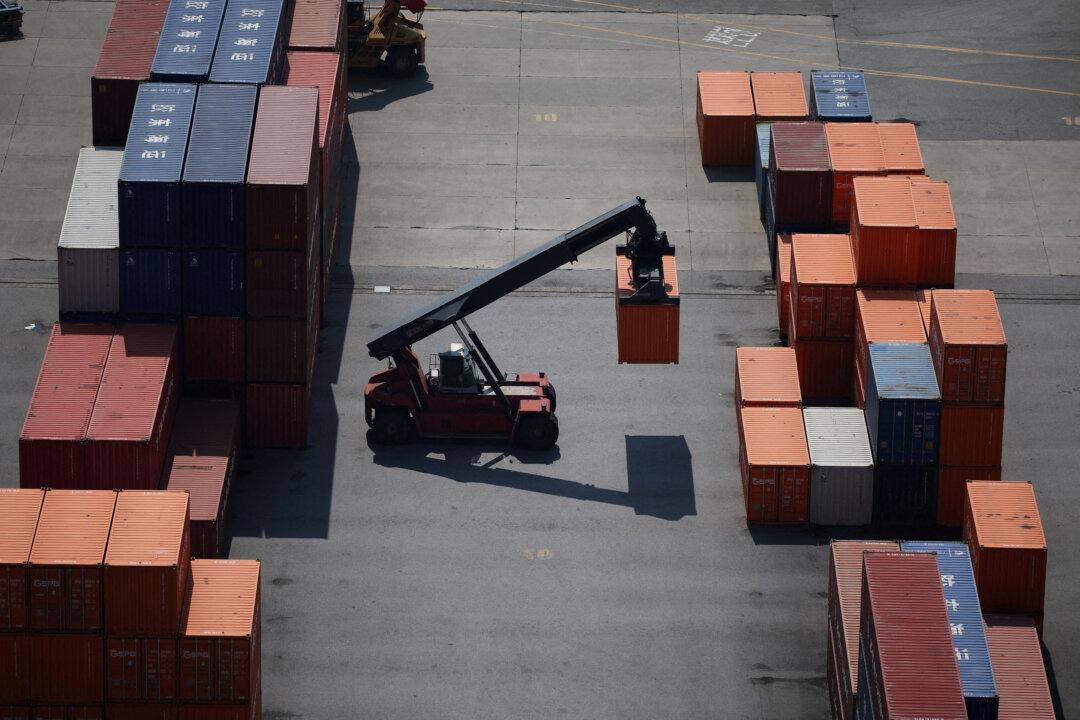The Japanese and Philippine air forces have begun unit-to-unit exchanges in an effort to bolster defense cooperation amid China’s increased military assertiveness in the contested South China Sea.
Japan’s Air Self-Defense Force (JASDF) deployed two F-15 fighter jets and 60 personnel to participate in the exchanges held from Nov. 27 to Dec. 11 at Clark Air Base on the Philippine-controlled Luzon Island.
This made the Philippines the third nation to which Japan has dispatched fighter jets, after the United States and Australia, the JASDF said. Japan also deployed air surveillance systems to the exchanges.
“It will serve as an avenue for fruitful engagements between our Air Forces, which include high-level meetings and subject matter expert exchanges on best practices and tactics, techniques and practices related to various fields such as but not limited to fighter operations and aircraft maintenance,” Castillo said.
Cooperation Key
The two nations called for the implementation of a code of conduct consistent with the Law of the Sea without jeopardizing the legitimate rights of all stakeholders in the disputed sea, according to the statement.They pledged to boost defense ties through “capability building, reciprocal port calls/ship visits, transfer of more defense equipment and technology, and continuous cooperation on previously-transferred defense equipment.”
“It would be nice if we have a VFA with Japan so we can train with them because … if there’s an event of conflict here, remember we are treaty allies with the United States and Japan is also an ally of the United States,” Senate President Juan Miguel Zubiri said in a meeting.
“We have to have close coordination with the movements of our navy vessels and armed forces,” he added. “If there is a plan, we will support it.”
The United States and the Philippines are allies under the 1951 Mutual Defense Treaty, which stipulates that the countries would defend each other if attacked.





